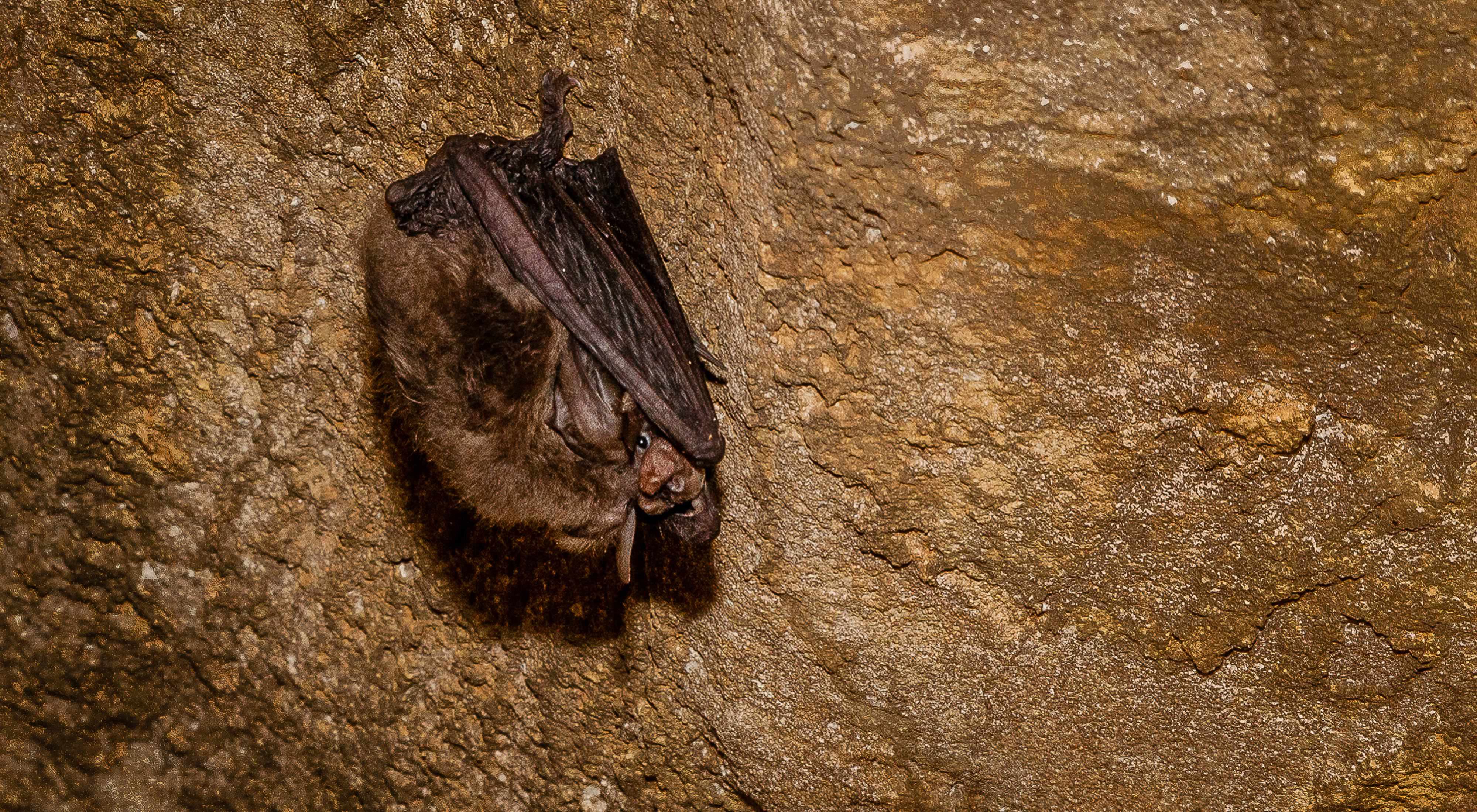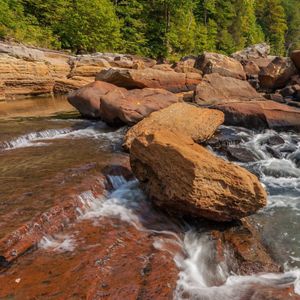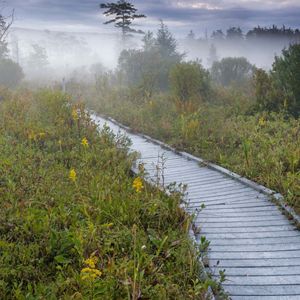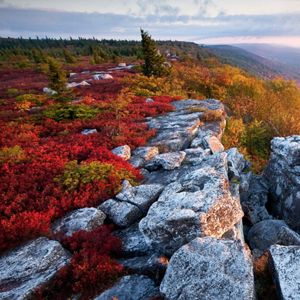Description
John Friend Cave is a world that exists without the light of the sun. It is home to unusual and unique species that have evolved to survive in the permanent darkness.
All animals that live permanently within the cave have lost their sight and pigment. They have also acquired behavioral, metabolic and reproductive adaptations that differ markedly from their surface-dwelling relatives.
The cave supports three nationally-rare species of subterranean, aquatic crustaceans (Stygobromus emarginatus, S. allegheniensis, and Caecidotea holsingeri). Five species of bats are found in this cave, including the small footed, eastern pipistrel and historically the federally endangered Indiana bat (Myotis sodalis).
Isolated from weather, natural disturbances and sunlight, caves have evolved their own distinctive and highly fragile ecosystems. The animals occupying caves have solved the problem of survival in these dark, nutrient-poor environments in two ways. Some, including bats and wood rats, inhabit caves by day but return to the surface to forage at night. Others, the true troglodites (cave-dwelling animals), have adapted so completely to the special conditions that they cannot survive outside of them.
This cave, along with Crabtree Cave Preserve, is a site that includes species of incredible, and fascinating, rarity. Management strategies at the 33-acre preserve focus on maintaining the cave gate to prevent injury to permitted visitors and to protect the animals living in the cave. The importance of maintaining the gate has increased since the establishment of white-nose syndrome in the cave’s bat population.
The cave is an ecologically fragile and potentially dangerous environment. It has been closed to the public due to concerns about transmission of white-nosed syndrome, a fungal disease that is devastating populations of bats throughout the area. Thank you for your understanding and help in protecting this important part of Maryland’s natural heritage.






